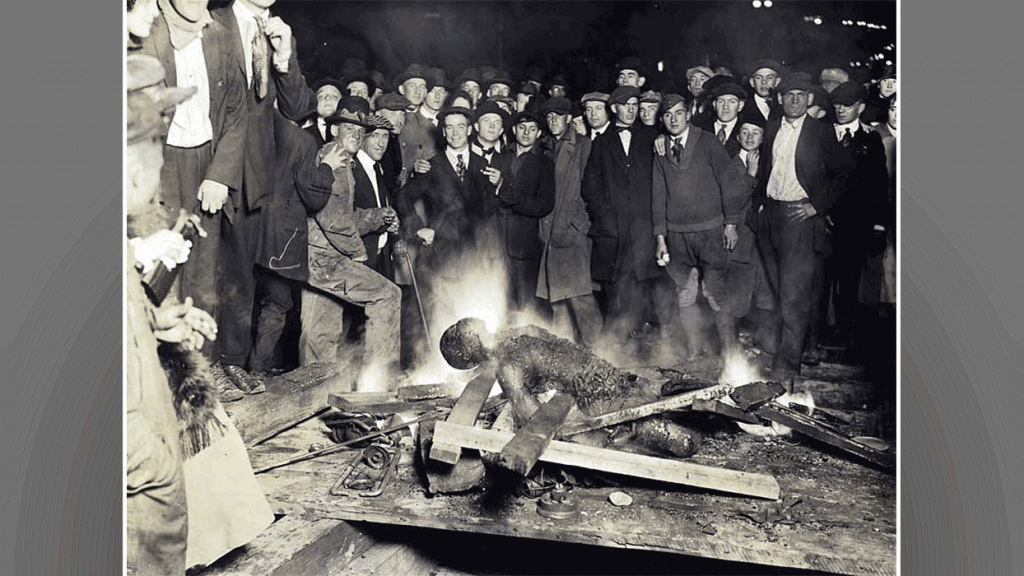Race riots start in Omaha, Nebraska.
A race riot occurred in Omaha, Nebraska on September 28, 1919. Three weeks before the riot started, federal investigators had noted that there had been a clash between white and black workers in the local stockyards. It then resulted in the lynching of a black worker, Will Brown; the death of two white men; as well as the attempted hanging of Mayor, Ed Smith; and a public riot thousands of whites who set fire to the Douglas County Courthouse in downtown Omaha. It was then followed by more than 20 race riots in major cities around United States during the Red Summer of 1919.
The Omaha Riot was severely condemned throughout the country. The arrest and prosecution of the riot mob leaders was widely called for in the media. Police and army authorities arrested many of the participants on charges that ranged from murder to arson and held them for trial. The Army presence in Omaha was the largest in response to any of the race riots. By early October, the emergency had passed and the Army presence was reduced by middle of October.
The district court ordered a grand jury to convene to further investigate the riots, and a grand jury was impaneled for this. After a 6 week session, the grand jury produced a report that criticized the Smith government administration for its ineffective leadership as well as the incompetence of the police. Witnesses from the army testified that they believed a more prompt police action could have controlled the riot. 120 indictments were handed down for involvement in the riots.
Of the 120 persons that were initially indicted for there involvement in the riot, most were never successfully prosecuted, and they all were eventually released after not serving any term of imprisonment.

